Bryce Blum is an attorney who maintains a fulltime practice representing people and organizations in the esports industry. He’s worked with teams, tournament organizers, players, streamers, and other third party organizations with esports-focused businesses.
At just 17 years old, Braxton “Swag” Pierce was on the cusp of a breakthrough career in Counter-Strike: Global Offensive, one of the fastest growing esports scenes on the planet. But on Jan. 26, 2015, Pierce and three other members of his team, iBUYPOWER, were indefinitely banned from Valve-sponsored events. The game’s developer had confirmed a Daily Dot report alleging the team fixed a match in order to win thousands of dollars worth of skins. Pierce’s career appeared to be over.
This past week, Pierce and other members of the former iBUYPOWER roster have had the opportunity to play in RGN (an event that isn’t sponsored by Valve). Their return to competitive play has sparked renewed interest in their bans, leading to a wide array of discussion on Reddit and other forums surrounding whether any of the bans—Pierce’s in particular—should be lifted.
But as the #FreeSwag movement has gained momentum, an equally common sentiment has emerged in response: namely, the belief the Valve should treat all four members of the former iBUYPOWER roster the exact same. This vocal subsection of the CSGO fan base believes that if Valve is going to lift Pierce’s ban, it must lift the bans of the other three players as well. They were all members of the same team when the match-fixing occurred, so the only “fair” thing to do is to punish each player identically—or so the argument goes.
But contrary to popular belief, Valve does not have to treat all four players the exact same when it comes to deciding whether to lift or reduce their bans. Here’s why.
Criminal justice theory divides crimes into two separate elements: actus reus and mens rea. In English, it means we focus on both the actions themselves and the mental state behind the actions. Premeditated crime is worse than unplanned or accidental; being an accomplice to a crime is not as bad as doing it yourself. Once a person has been found guilty of whatever crime they’ve been accused of, punishments are not one-size-fits-all. Judges and juries will consider what are known as aggravating or mitigating factors. Things like the severity of an individual’s actions (not all robbery, assault, murder, etc. is created equal), age, level of contrition, personal history, mental health, criminal history, level of cooperation, and much much more are considered. Moreover, this process doesn’t stop once a person is sentenced—parole determinations and sentence reductions will consider extremely similar criteria.
Why is this relevant? Because the notion that Valve cannot lift Pierce’s ban without doing the same for all the other players simply doesn’t square with the functioning of any criminal justice system I’m aware of, or even basic theories of justice.
To be clear, I’m not taking the stance that Valve should immediately lift Pierce’s or anyone else’s ban. I do enough behind-the-scenes legal work in the industry to know that there is likely more to the story than has been brought to my attention. Moreover, the complex public policy considerations in doling out punishments for cheating in professional sports would undoubtedly require an entirely separate article.
That being said, we do have some information that suggests the four players on IBP should not all be treated the exact same. I’ll use Pierce as my primary example, but I am by no means saying he is alone in regard to any of this:
Age: Pierce was 17 at the time the match-fixing occurred, while the rest of the players on the team were in their twenties. That places him below the age of majority in many jurisdictions, a dividing line that exists for a reason. There is plenty of good science that shows younger people do not have fully developed brains, and that they should not be held equally accountable for their decision making. This is the premise on which the entire juvenile justice system—complete with reduced sentences for identical crimes—was created.
Contrition: Pierce has appeared very contrite. He has apologized for his actions a number of times, and recognizes that he made a huge mistake. From my perspective, he has done the real-world equivalent of throwing himself at the mercy of the court. Someone who is genuinely sorry is more likely to rehabilitate, which is why courts often give them lesser sentences.
Severity of the Offense: There is at least some evidence that suggests Pierce’s crime was not as significant as some of the other players. I’ve heard conflicting reports on this, but there is certainly some reason to believe he might have merely been complicit in the actions of other members of the team, and that his crime was simply that he didn’t speak up. I’ve yet to see any evidence that he was involved in the planning, compelled other players to join, or orchestrated the match fixing in any way. If this is the case, he may have committed a lesser offense (or the same offense, but not all of the same offenses).
I could be wrong about some of these facts. It’s hard to say definitively what exactly happened unless you were there. But the point is broader than this one example. If everything I said above is true, those would be examples of just some of the mitigating factors that would apply in Pierce’s case. Any attorney worth his or her salt would use these types of considerations to get their client a lesser sentence.
I don’t know if Valve considered this type of information in reaching its decision, or in hearing from the players afterward. If true, I don’t know that any of this necessarily must change the outcome. Valve can’t go much further than an indefinite ban, and perhaps that is the appropriate punishment for someone involved in match-fixing of any kind, despite the mitigating factors. But, for the purposes of this article, that is entirely beside the point.
Two criminals involved in the same crime can and often do receive different sentences. And in the event Valve would ever reconsider its punishment, Pierce deserves the opportunity to make his own individual case, not be tied to the fates of his collective former teammates.
So the argument that the only “fair” thing to do is treat all four of the iBUYPOWER players the same doesn’t hold water. That is not how the law works. That is not how justice works. And, if I’m being blunt, I don’t think that’s how common sense works either.
Correction 12:15pm CT Nov. 18: Only four of the five iBUYPOWER players were banned. We regret the error.
The Case of Swag: A criminal justice review of just punishment
Photo via iBUYPOWER | Remix by Kevin Morris



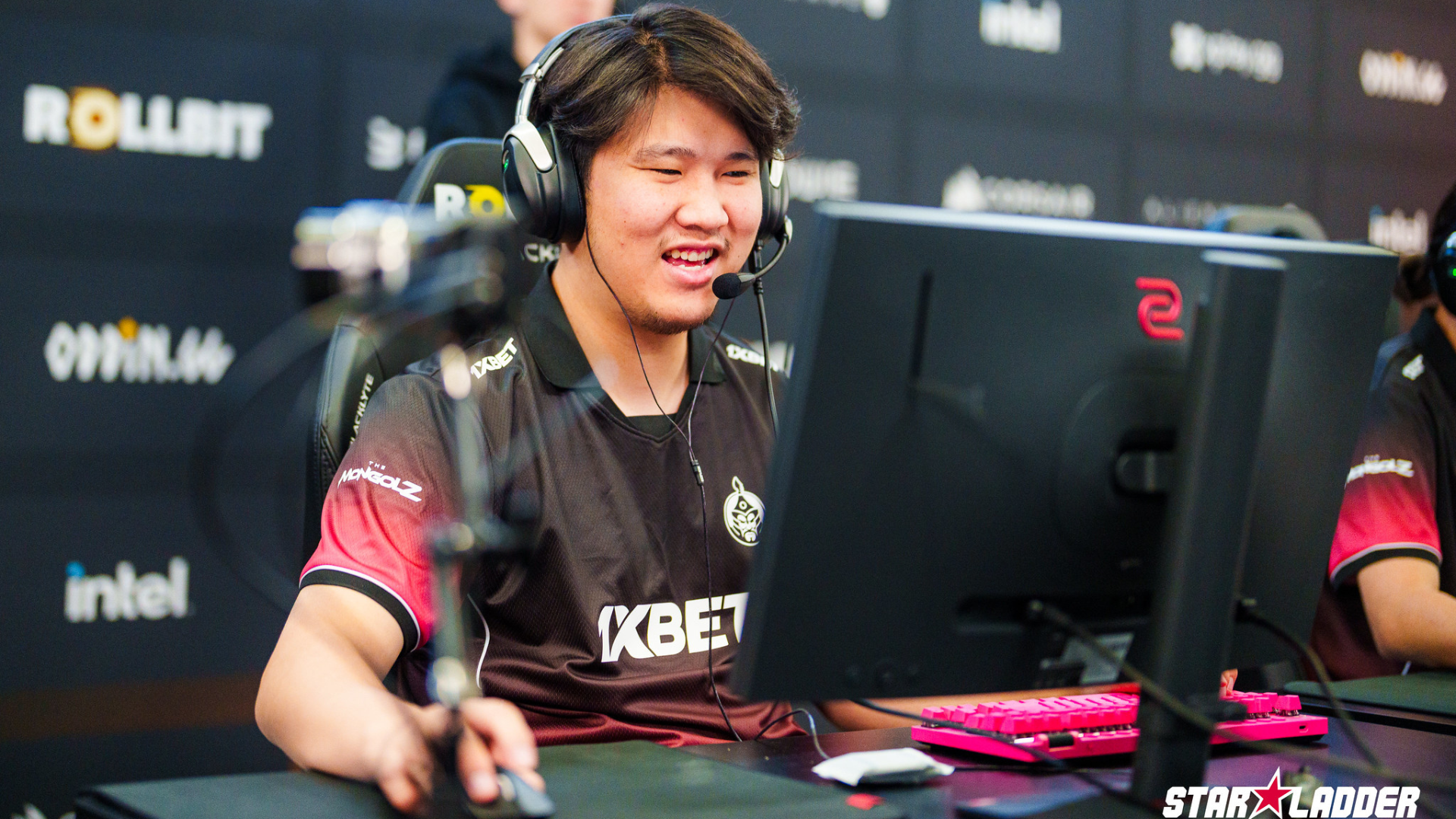
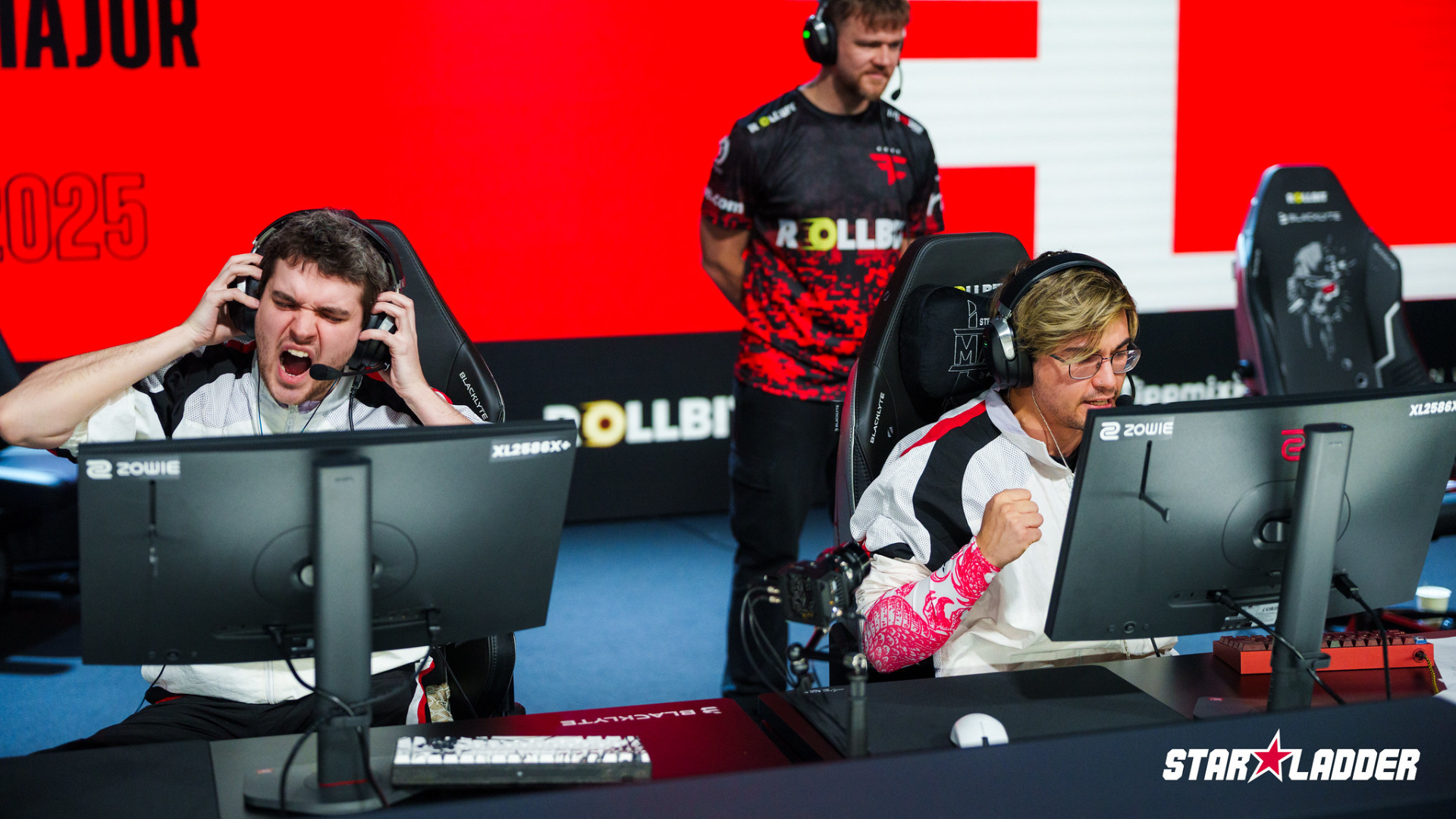
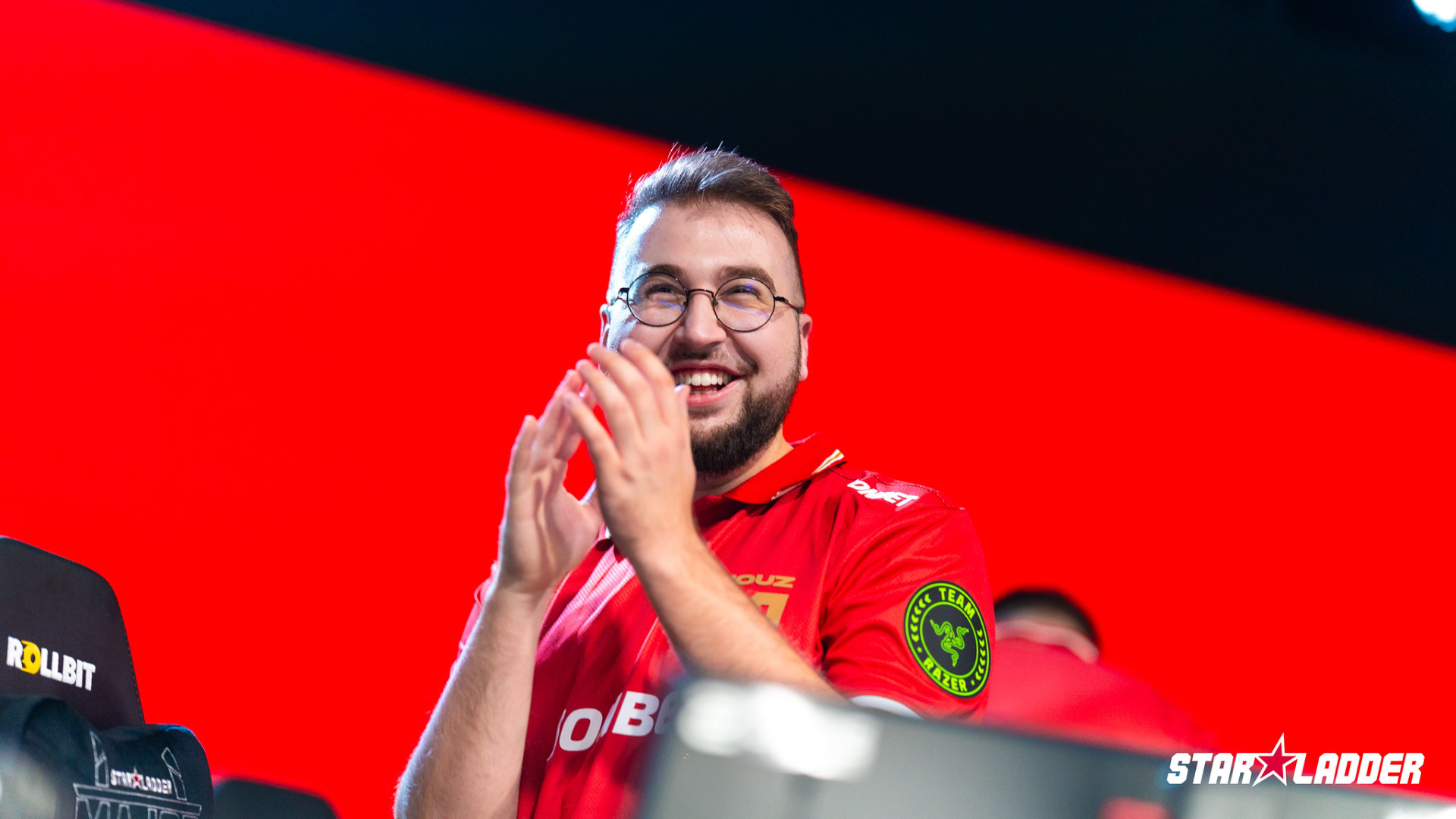
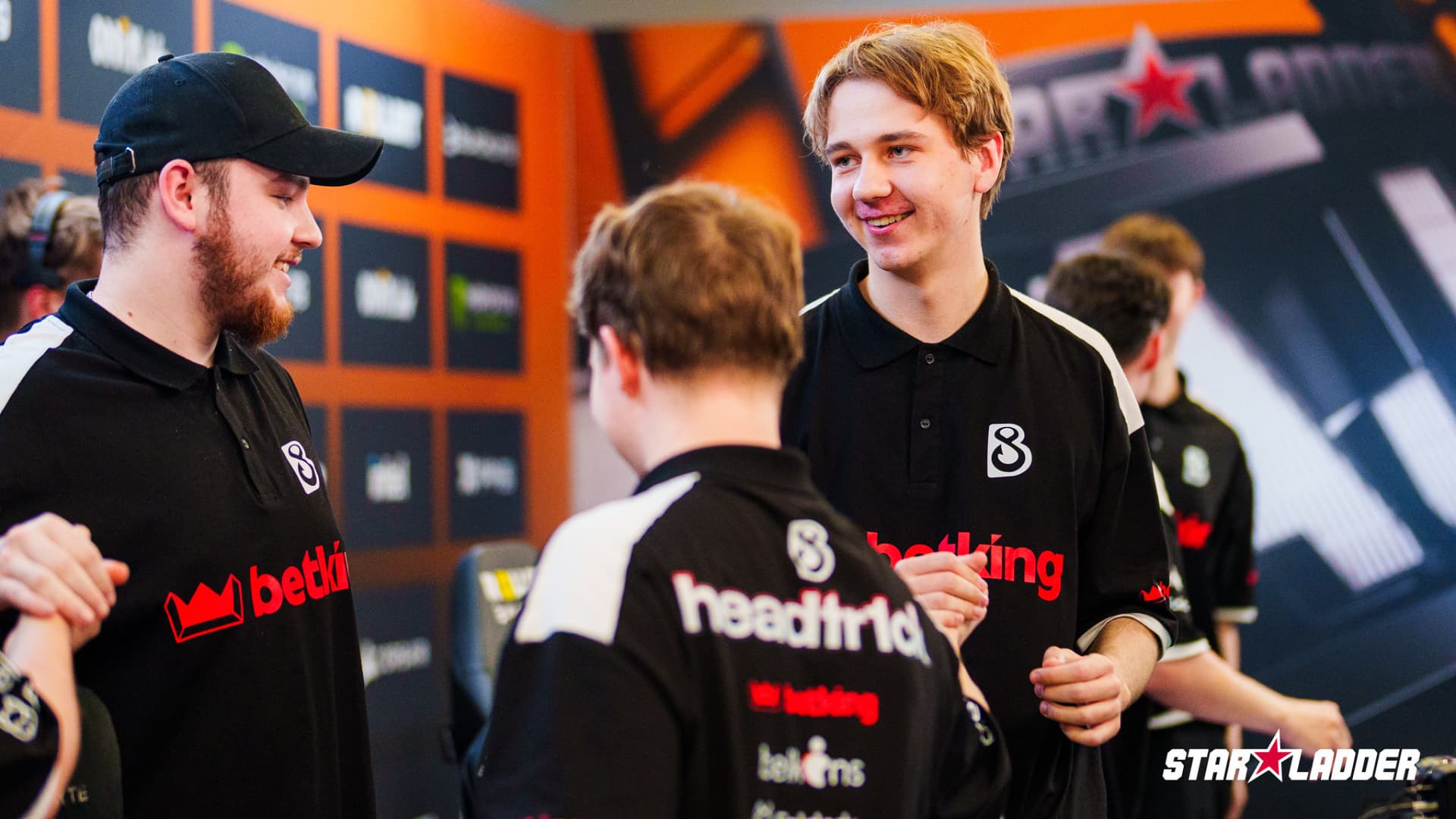
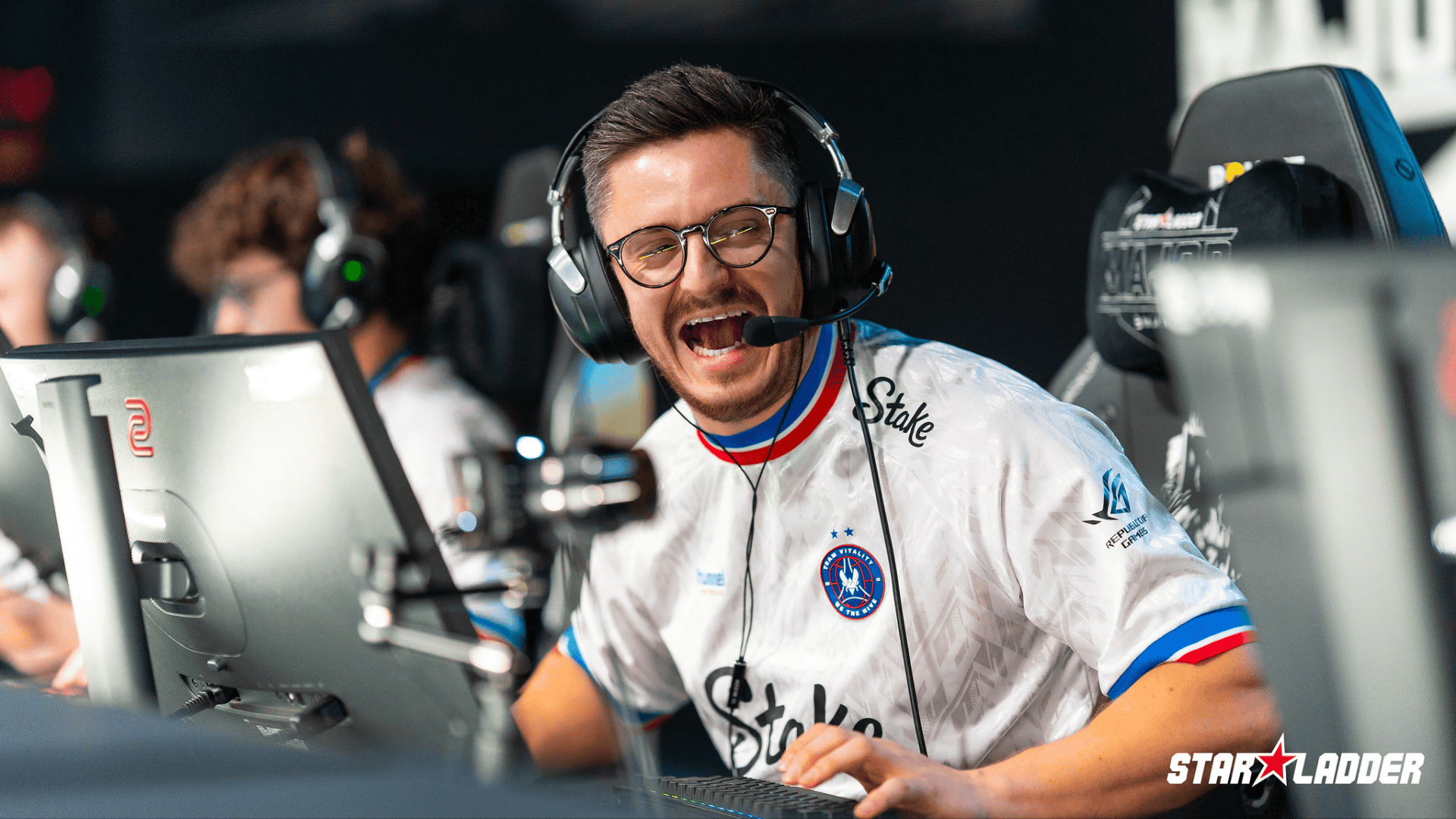
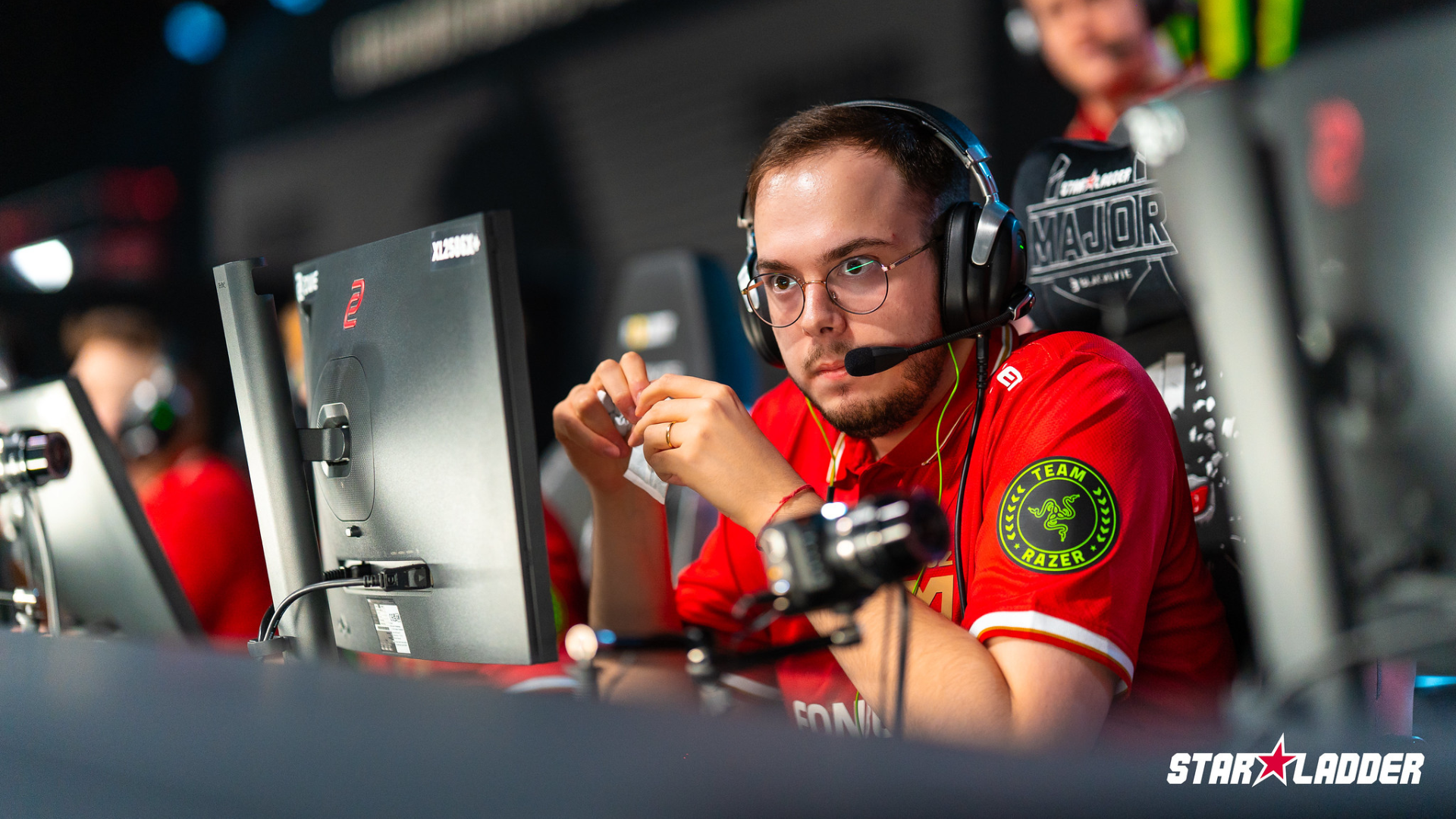
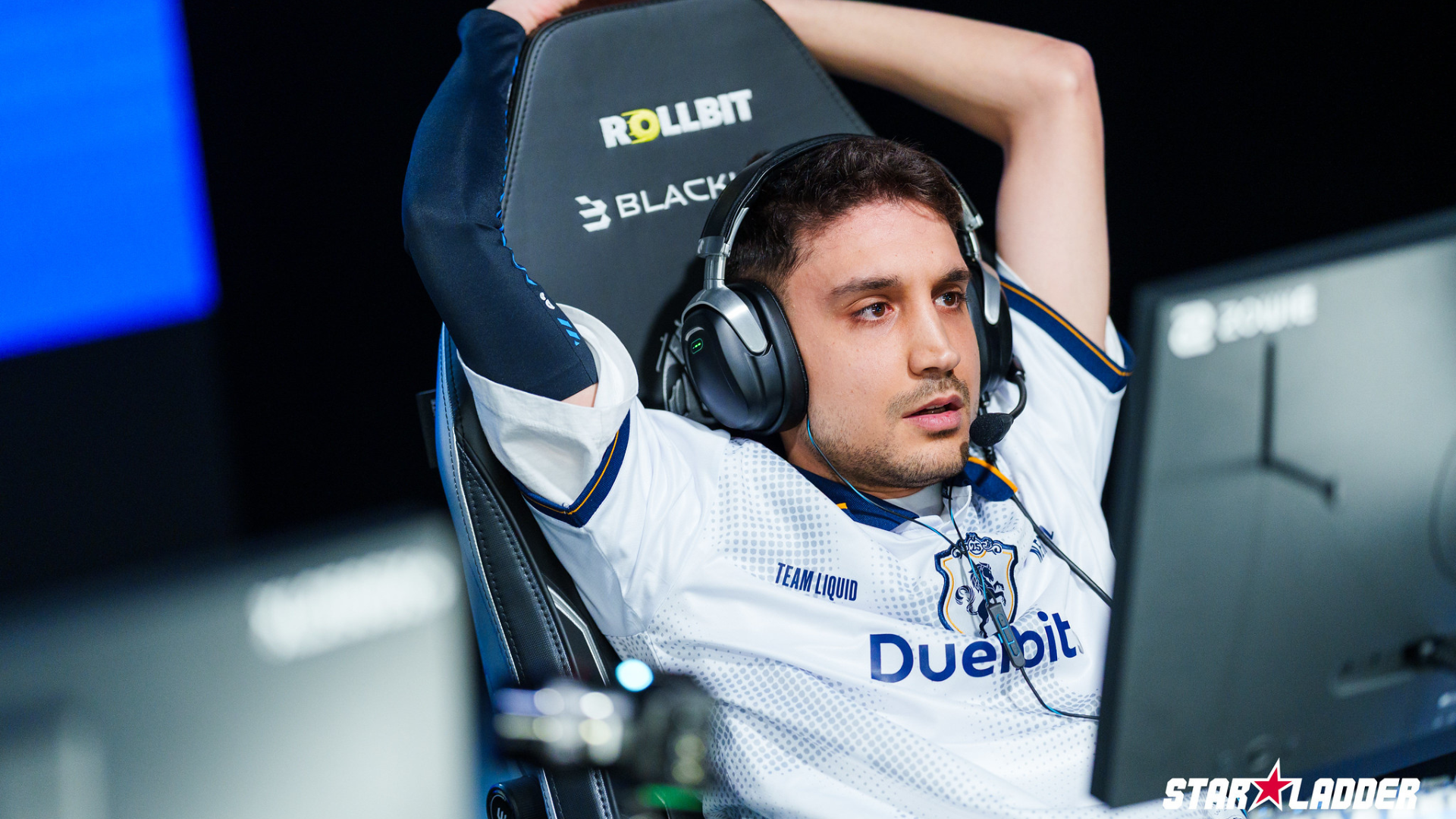
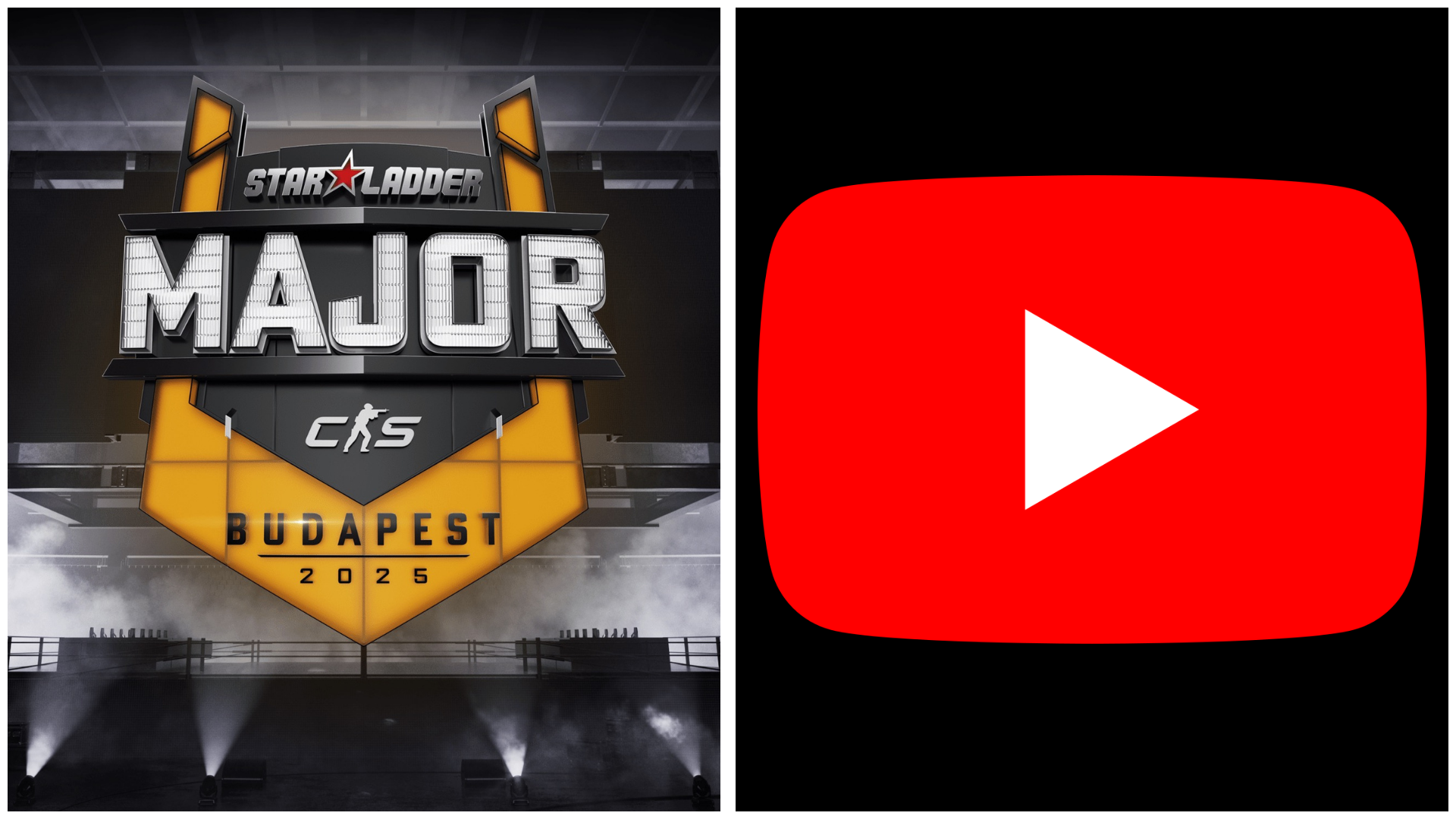
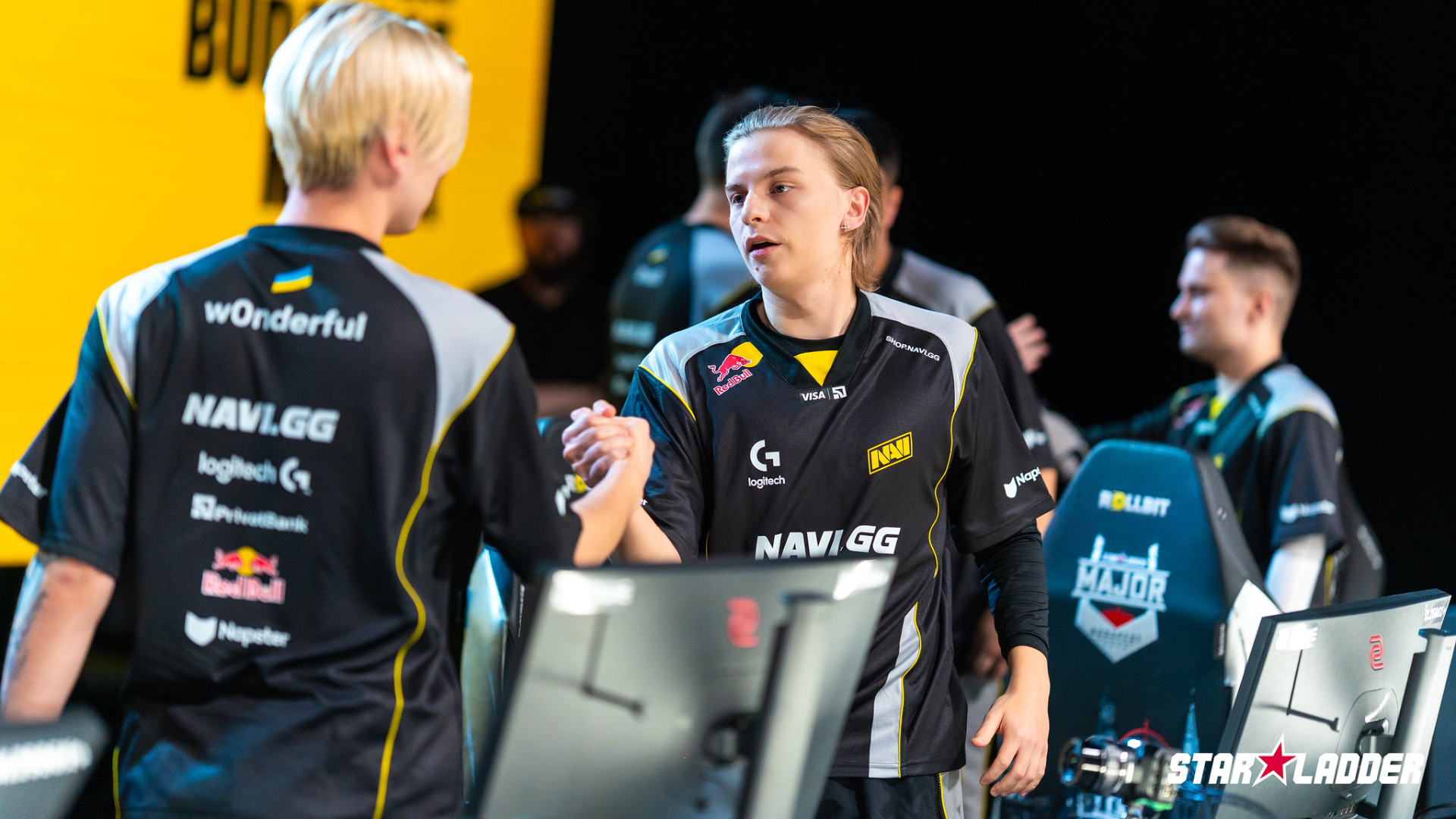
Published: Nov 18, 2015 09:24 am